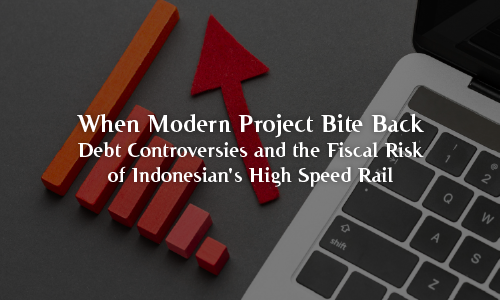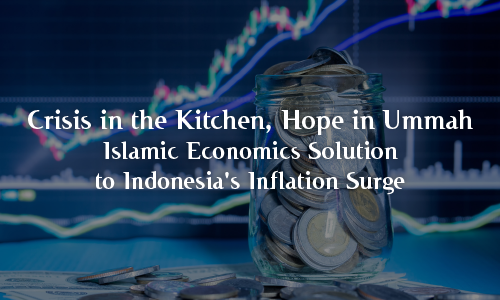
Summary: In 2025, China stands at a pivotal moment in its economic trajectory, marked by a delicate balance between progress and persistent structural vulnerabilities. While growth targets have been achieved through coordinated policy interventions, the nation continues to face challenges stemming from weakening consumption, demographic imbalances, and heightened external pressure. Among these, the evolving trade relationship with the United States—especially regarding import tariffs—poses significant implications. This paper explores China’s macroeconomic direction and strategic adjustments through a scientific lens, while integrating key insights from Islamic economic thought related to justice, resilience, and ethical governance.
Macroeconomic Trends and Growth Outlook
The Chinese economy maintained a stable growth trajectory in the previous year, supported by a series of fiscal and monetary policy measures. Industrial output and external demand contributed positively to this performance, but concerns surrounding consumer stagnation, deflationary trends, and a shrinking workforce have continued to constrain momentum. Looking ahead, these structural limitations are expected to dampen future growth prospects, especially in the face of external trade restrictions and shifting global economic alliances.
Policy Interventions and Structural Realignment
China’s economic policy in 2025 is characterized by a blend of short-term stimulus and long-term reform. Authorities have leveraged monetary easing and…

















